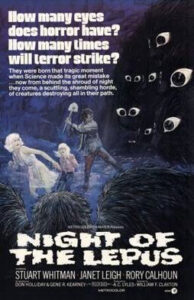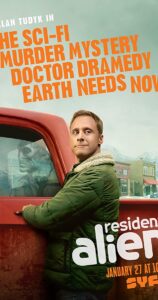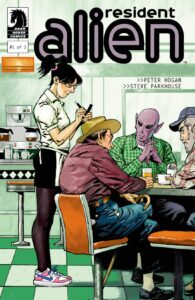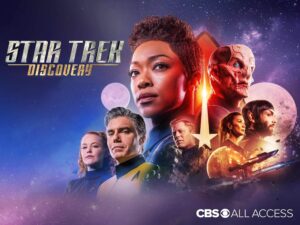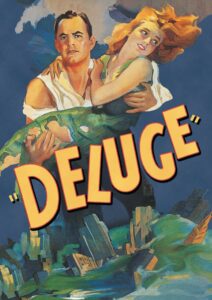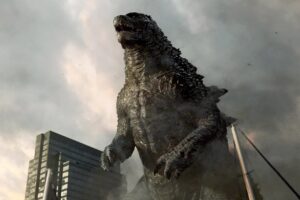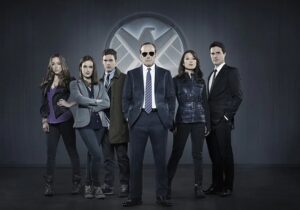As I close in on finishing my current work in progress, a murder mystery set on a ship that has been traveling between the start for over 230 years, I am beginning to consider what to write next.
Last year my debut novel Vulcan’s Forge was published by Flametree press and while being released the week the world shutdown at the start of this damnable pandemic did nothing good for its sales number its blending of off-world science-fiction with classic film noir styling proved to be fun to write and fairly well reviewed. I have the basics of a plot already in mind for my next novel in fact it has been sitting and cooking on the back burner for about six months and recently I had the epiphany that it may work best as a noirish story. It would however make in one way a major break with noir’s genre conventions.
Noir, in my opinion, is strongest and most compelling with the driving force of the plot is some base human emotion, greed or lust being the most common ones used. Noir has a cynical worldview and tends to view people in the worst possible light. Friends and lovers will betray you and you cannot count on even yourself much less anyone else.
But is it possible to craft a noir where the driving motivation is one that is generally considered admirable? That is the idea that has taken root in my brain. A character obsessed with something most people would agree is a good and valuable goal but in order to achieve it step by step walks themselves down a dark, twisted path where events spin beyond their control.
I think this can work. I think it could be an interesting study of how even a good person with good goals can so easily lose their way when they accept the adage that the ends justify the means.

